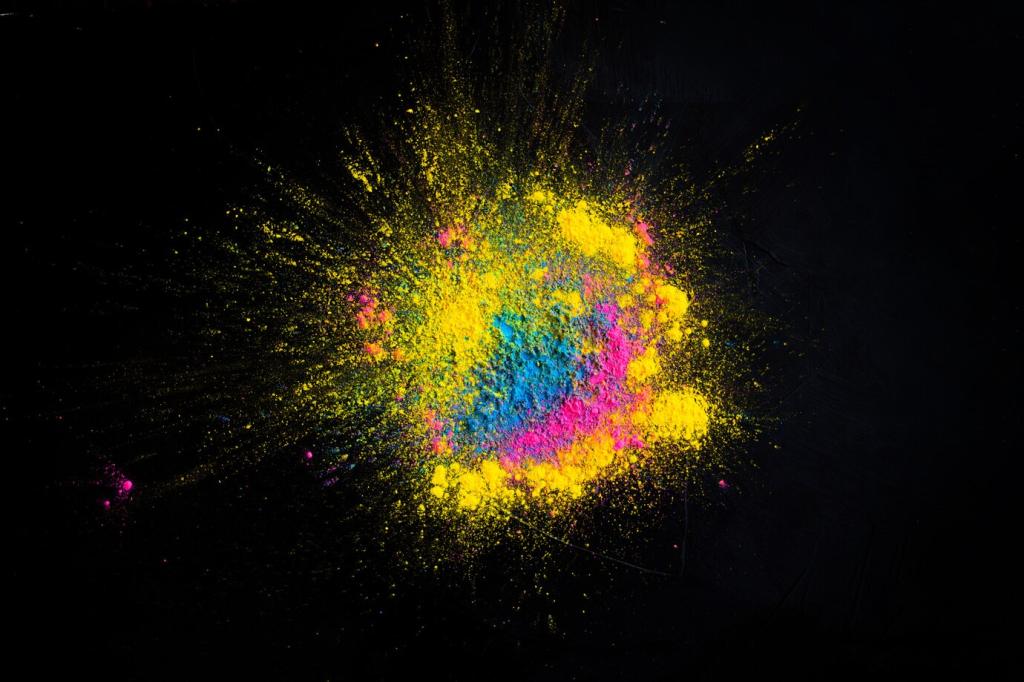Furniture colors are far more than just a matter of style or trend—they play a crucial role in shaping how we feel and function within our living and working spaces. The hues we choose for sofas, chairs, desks, and cabinets can either elevate our mood, calm our nerves, spark creativity, or even inadvertently contribute to stress. Understanding the psychological impact of furniture colors empowers us to create environments that support mental well-being and foster emotional balance. Let’s explore how different shades influence our minds and why selecting the right color palette for your furnishings can make all the difference.
The Science Behind Color Psychology
Perception of Color in Everyday Spaces
The way we perceive color can shift depending on lighting, context, and even individual experiences, but its impact is always present. Furniture—being larger, immovable items—anchors a room’s color palette and can dictate the broader mood of a space. For example, a vividly colored sofa might energize a living room, while muted tones bring a sense of relaxation. Integrating color psychology into furniture selection is about more than just first impressions; it is a daily influence that subtly shapes how comfortable, focused, or happy we feel.
Emotional Triggers Associated With Different Colors
Each color triggers a unique emotional response rooted in both cultural associations and human biology. Blues and greens often evoke tranquility and calm—useful for reducing stress levels in bedrooms and lounges. Reds and oranges, on the other hand, are stimulating and can provoke excitement or sociability, which can be beneficial in a dining area but overwhelming if overused in relaxation zones. Understanding these triggers helps in choosing furniture colors that correspond to the emotional intent of each room.
Psychological Effects of Color Saturation and Shade
The impact of furniture color is not limited to the basic hue, but also includes its intensity and brightness. Softer, pastel versions of any color are generally interpreted as more calming, whereas high-saturation, bold shades command attention and stimulate energy. The psychological effects can be so profound that a room filled with bright, saturated furniture might feel invigorating or even agitating, whereas a selection of furniture in gentle, muted tones fosters a collectively soothing ambiance.
Warm-toned furniture such as mustard yellow cushions or terracotta chairs is often employed to infuse spaces with vibrancy, warmth, and optimism. These shades have a psychologically arousing effect, raising energy levels and promoting feelings of comfort and conviviality. Such colors are especially suitable for social areas—like living rooms and kitchens—where positive, restless energy can fuel interaction and creativity. However, because these hues can be overpowering in excess, thoughtfully balancing warm furniture with neutral accents ensures that stimulation doesn’t turn into anxiety.
How Warm and Cool Tones Influence Mood

The Impact of Furniture Color on Concentration and Productivity
Blues and greens are associated with improved focus, cognitive clarity, and efficiency. Many studies indicate that these colors have a calming effect on the nervous system while simultaneously supporting sustained attention and memory retention. Choosing furniture in these shades for a home office or study area can boost productivity by minimizing stress and mental fatigue. For tasks requiring diligence and extended periods of concentration, blue or green desks and chairs provide the perfect psychological support to stay on track.
